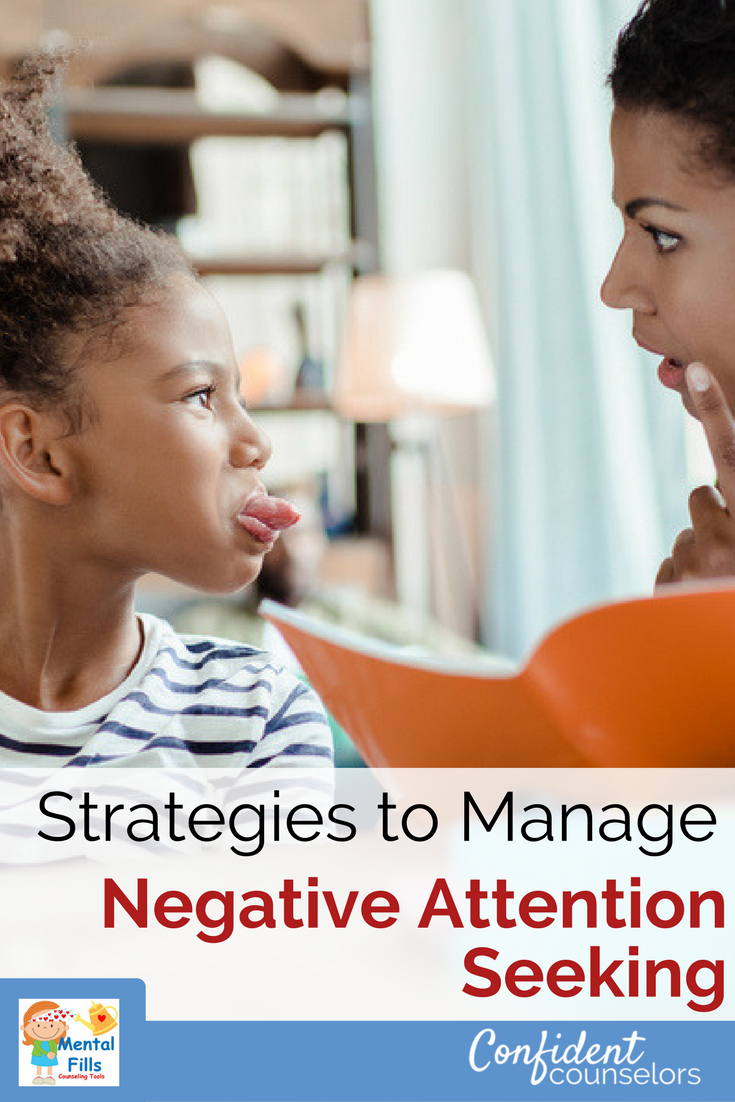STOP, DROP, ROLL and CONNECT
I want to share a few helpful strategies I have found useful in managing negative attention seeking children. These are the children that push our buttons. They do what they can to sabotage yours or the group’s focus, and it’s frustrating. I am talking about the kids that whine, tattle tell, make obnoxious jokes, exaggerate, lie, question your materials, avoid assignments, and even the children that overly offer help at the most inappropriate times.

I want to clarify that these children do not have malicious intentions. They are not consciously manipulating you or plotting their agenda. What they are doing is begging for help and begging for a connection. They are looking for a way to pull your attention onto them. They want you to give them supportive validation and/or directions to something they are not comfortable with or do not understand. When you focus on them, regardless of their behavior they feel connected and secure.
So when David becomes disruptive and begins making fun of another child, and you notice yourself getting irritated and reacting by retaliating, punishing, or making snide remarks, David’s agenda to connect was successful. Sure, it doesn’t make sense that David would want this type of attention, but his and the other children’s behaviors have been negatively reinforced by other peers or adults. In other words, they are just doing what has worked for them in the past.
The problem continues when you react to these disruptive behaviors. It fuels the children to escalate, which negatively impacts your focus or the group dynamics. This just adds to your frustration. And, the cycle continues. Unfortunately, this has become your problem now, and it is your job to teach socially appropriate strategies to get their needs met.
Here is where I want to introduce you to as an effective technique. It not only helps you respond in a prideful manner but helps change the negative attention seeking behaviors. The strategy I have been using for years is the STOP, DROP, and ROLL technique.
STOP

The first step is STOP. Stop reacting. Similar to what you would tell your children, what I want you to do is freeze and take some deep breaths. Remind yourself that this is their way of trying to connect, and if you react they will only get worse. So while you take your deep breaths, imagine an invisible bubble around you and their words ricocheting off of the bubble. Model to the children in the room that you can calm yourself down.
Sometimes I will get up and walk to the quiet area of a room and say in the calmest voice I can muster, “I am frustrated and I need to take some deep breaths,” or “I am going to think of my happy place while I count to thirty.” Overall, the STOP technique provides a boundary to an unhelpful reaction, while simultaneously modeling emotional control to those in the room.
DROP
The next step is the DROP technique. What I want you to do is drop your defenses. Let go of the thought children have power and control over your self-worth. Remind yourself the children are trying to connect, and even though sometimes they can do this in the cruelest way, do not take anything personally.
So when David teases your favorite child or calls you out for making an error, do not feel the need to defend anyone or yourself, and at all costs do not play the blame game. As you teach children, use self-talk to tell yourself that you are competent, everyone is going to be okay, and this child is trying to connect in the best way they know how.
ROLL
The last step is ROLL. Roll out the positives. As long as safety is not a concern, ignore the negative behavior and redirect your immediate attention on the children making positive choices. Roll out the compliments and the acknowledgments for the behaviors in the room that you want to see replicated.
At the same time, remind yourself the child causing a disruption is trying to connect and this is your opportunity to teach him how to positively connect. For this reason, although we are ignoring the negative behavior, we do not ignore the child. Feed their need to connect by finding something you can refocus on.
For example, when David makes fun of Zachary’s answer after following the above steps, I may say, “Zachary, I appreciate your participation and your calm behavior.” “David, I like how you are sitting calmly and keeping your hands to yourself.”
Your reactions may seem disingenuous and you may think to yourself this is something that you shouldn’t have to do. But, this ROLL technique is necessary to help control disruptive behaviors. Going out of your way to acknowledge positive behaviors is a must to building connections. In fact, your biggest troublemakers will thrive with this positive attention.
CONNECT
I have learned through the years that children don’t “want attention,” they NEED attention. Set aside some blocked time before or after your formal session to just sit down and chat. Ask them how they are doing, about their family, their friendships, hobbies, and their pets. Ask for their help or advice, and offer your support. Make them feel important with your undivided attention.
The time you invest in connecting with them will pay off in the long run. As you consistently try the STOP, DROP, and ROLL technique, even with your own children, you will be on your way to having children that are positively seeking connections.
What’s in your bag of tricks for managing negative attention seeking?
~written by Mental Fills


